B17 Engine Photograph by Mike Burgquist Fine Art America
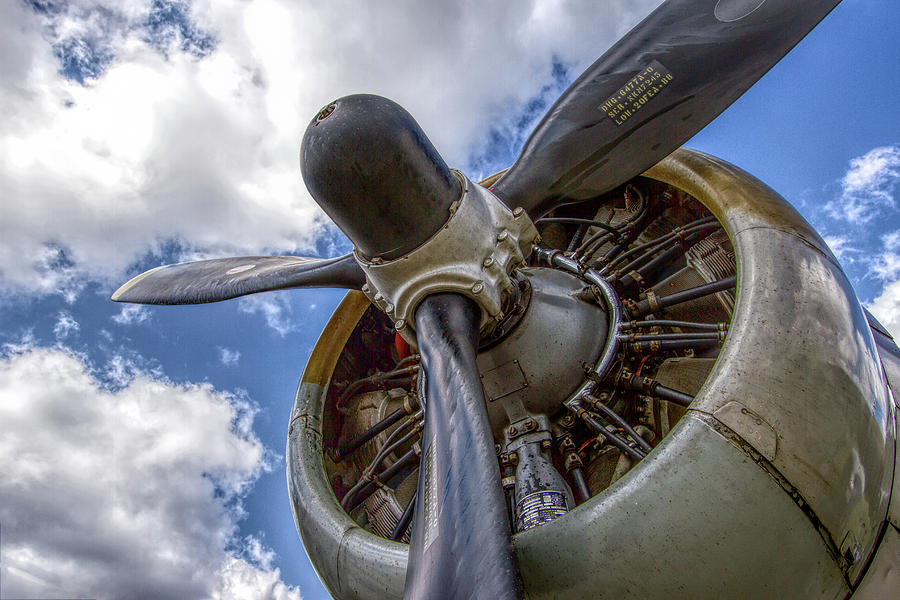
General features on the B-17 include its mid-wing monoplane design, aluminum-clad exterior, four radial engines, massive wing structure and heavy armament. Although many U.S. airmen and craft contributed to the Allied victory in World War II, the B-17 has become especially symbolic of the self-reliance, daring and sacrifice of American airmen.
B17 Flying Fortress Engine by secoh2000 on DeviantArt

The Wright R-1820 Cyclone 9 is an American radial engine developed by Curtiss-Wright, widely used on aircraft in the 1930s through 1950s. It was produced under license in France as the Hispano-Suiza 9V or Hispano-Wright 9V, and in the Soviet Union as the Shvetsov M-25 . Design and development
Pin on B17

The intent of this video is to provide an introduction to the WWII B-17 bomber's Engines and Propellers. Topics include:1. B-17 Bomber Wright Cyclone R-1820-.
B17 Engines Collings Foundation B17 port side Engine. RK Bentley

The Boeing B-17, also known as the Flying Fortress, is one of the most memorable aircraft in the history of United States aviation. The Flying Fortress was coined by the Seattle Daily Times. The newspaper published a photograph of the aircraft shortly after its first flight and captioned it "15 Ton Flying Fortress."
Air Power. B17 Flying Fortress Engine Photograph by Connie Fox Pixels

B-17G Manufacturer: Boeing Airplane Company, Douglas and Lookheed Vega (Both under license) Crew: 10 Powerplant: 4x Wright Cyclone GR-1820-97 nine cylinder radial engines with General Electric B-22 waste gas turbochargers with 1,200 hp start performance and 1,380 hp emergency-combat-management in 26,700 feet of altitude.
Vintage B 17 Engine Photograph by Ken Smith Fine Art America
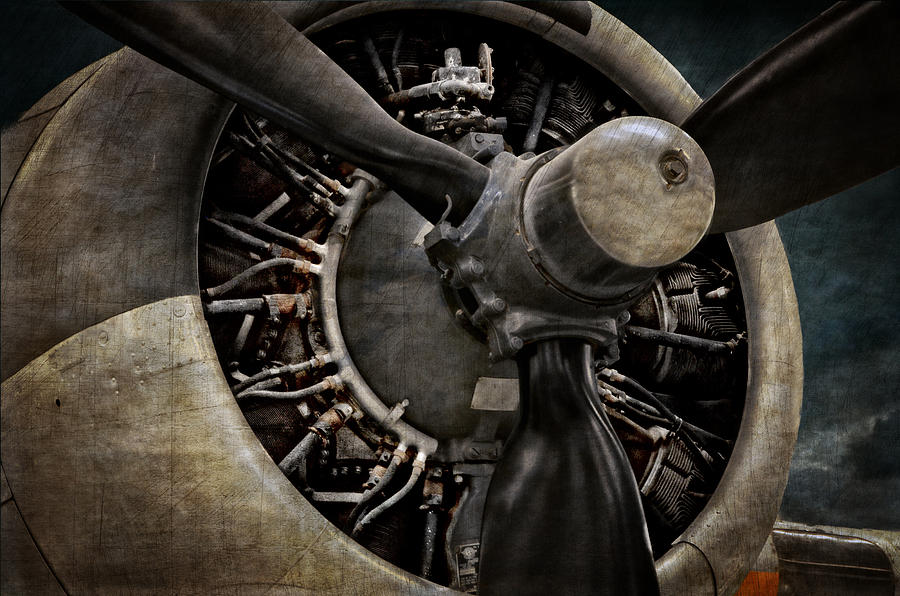
The following is an extensive catalogue of the variants and specific unique elements of each variant and/or design stage of the Boeing B-17 Flying Fortress, a heavy bomber used by the United States Army Air Forces and other Allied air forces during World War II . Boeing Model 299 (XB-17) Model 299, registration NX13372
B17 Engines Fighter planes, Fighter jets, Aircraft

What engines could the B-17 use? With almost plodding regularity, B-17 Flying Fortresses went to war powered by Wright R-1820 radial engines. It was a good fit and served the B-17 well. But the Fortress airframe dallied with a variety of other powerplants in sometimes radical modifications.
The Modelling News HK Models B17 E/F Flying Fortress Build Guide Pt

The big advance in the Boeing B-17 was the employment of four engines at a time when the words "multi-engine" in a specification meant "twin-engine." Boeing B-17s based in Europe flew mainly from bases in England. When the bombers were scheduled to return to base following a run, officers and others would gather outside to wait and count..
B17G Flying Fortress Radial Engine B17G Flying Fortress … Flickr

The B-17 (Model 299) was a cross between the Boeing 247 passenger airliner and the experimental XB-15 (Model 294). The B-17 prototype used some of the same construction techniques as the Boeing 247. It was a semi-monocoque all-aluminum fuselage and the pilot and copilot sat side-by-side in a conventional cockpit.
Reunited with his favorite B17 engine 2 from 70 years in the past.
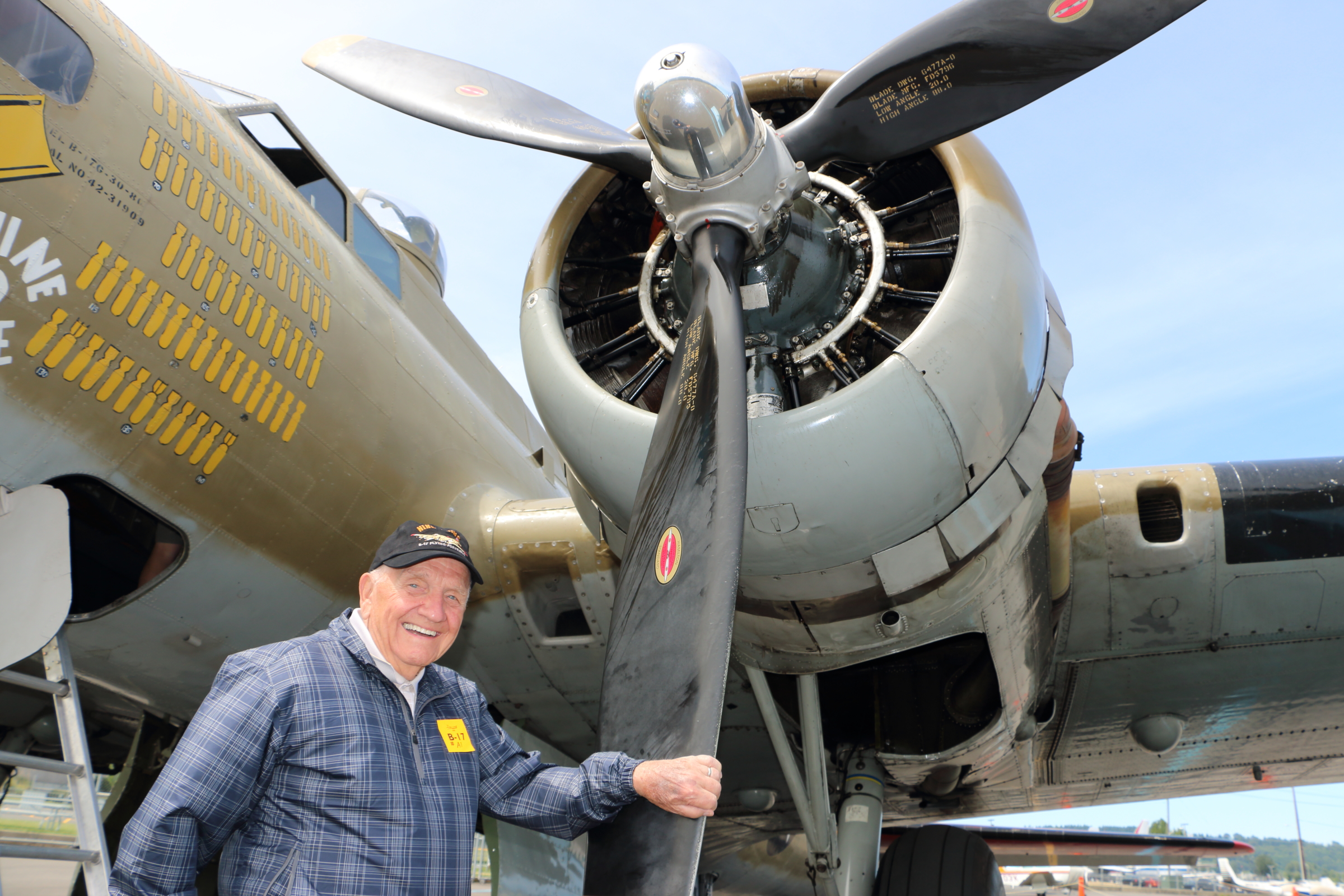
B-17F specs: top speed 295 MPH, 17,600 lb. bombload, twelve .50 caliber machine guns By Stephen Sherman, July 2002. Updated January 21, 2012. I n 1934, the Army issued specs for a "multi" engine bomber, which Boeing interpreted as four engines.
On the Air War Over Europe and the Boeing B17 Flying Fortress Gone
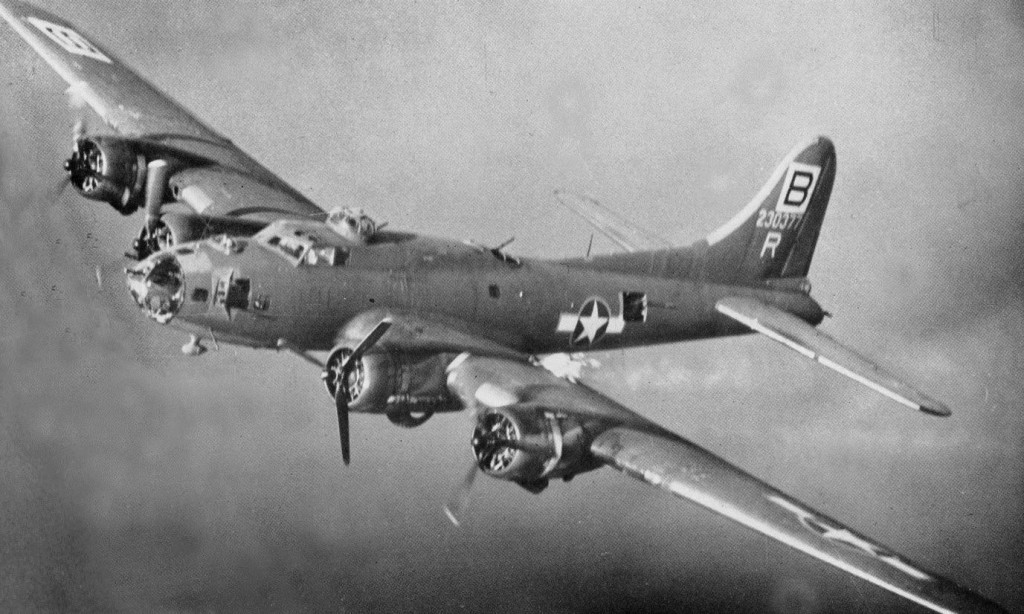
The Museum's B-17F, serial number 42-29782, has a long flying history. It began life here in Seattle at Boeing's Plant 2, a mile north of The Museum of Flight, on February 13, 1943. Delivered to the U.S. Army Air Forces at Wright Field, Ohio, the plane was immediately modified in Wyoming and then assigned to training units at Blythe Field and.
B17 Flying Fortress Moteur Radial Photo Stock Alamy
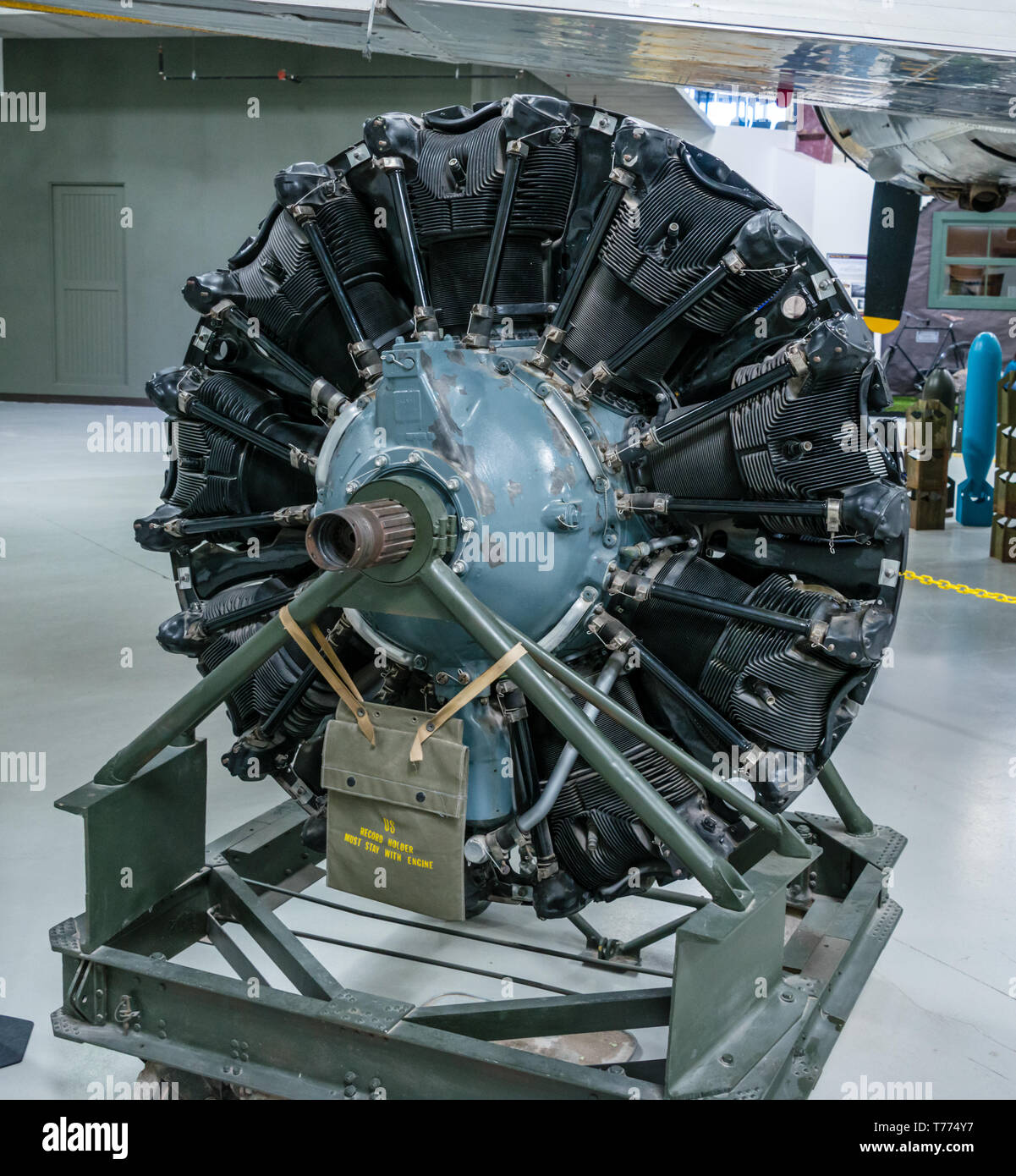
The Boeing B-17 Flying Fortress was an iconic symbol of American aviation during World War II. It holds a storied history as a legendary bomber, revered for its robust design and strategic role in the war effort. Today, the B-17 remains a symbol of strength and resilience. A force to be reckoned with
B17 engine. Wright 1820. Boeing B17 Pinterest Engine and Cars

The rugged B-17 heavy bomber was developed as a strategic bomber in the 1930s. It proved efficient, enough to where it was used in every theater of the war.. Engines: Four Wright R-1820-65s (1,000 hp each) Maximum Bomb Load: 4,200 pounds Armament: Ten .50 caliber machine guns, one .30 caliber machine gun. Warbirds. North American B-25 Mitchell.
The B17 Wright R182097 cyclone engine. Wings Tracks Guns
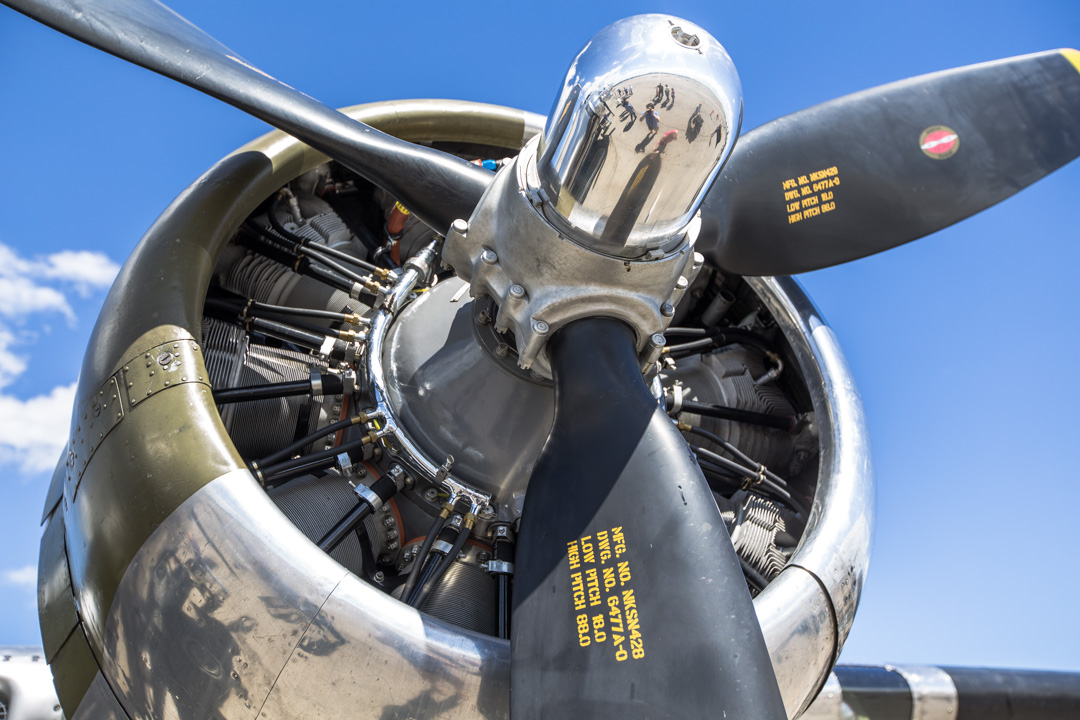
The B-17's cockpit ages well, but the copilot needs both hands to start the engines, and taxiing can be tricky. The tower at Oshkosh, Wisconsin, clears me to land in a crosswind gusting to 40.
Boeing B17 Flying Fortress Cockpit, Propellers and Engines Editorial

B-17 Wright/Cyclone R1820 overview (Engine #4 on Chuckie the B-17) - YouTube © 2023 Google LLC This is an engine overview with James Kelly, on the B-17 powerplant and how it.
B17 ENGINE. auctions & price archive
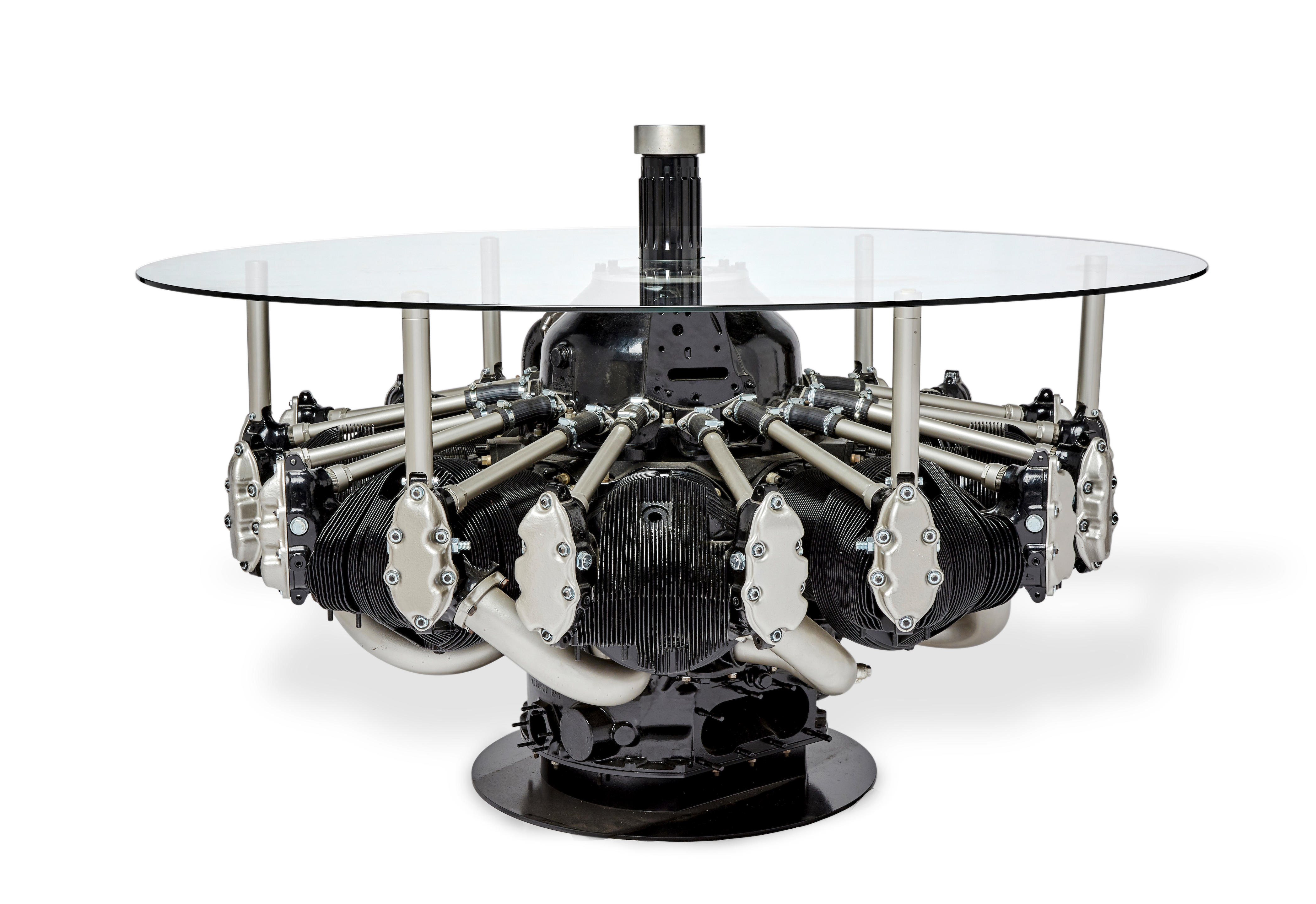
Boeing B-17 Flying Fortress Four-Engined Heavy Bomber Aircraft [ 1937 ] The legendary Boeing B-17 Flying Fortress accounted for over 290,000 sorties with 640,000 tons of ordnance dropped during World War 2. Authored By: Staff Writer | Last Edited: 07/22/2021 | Content ©www.MilitaryFactory.com | The following text is exclusive to this site.